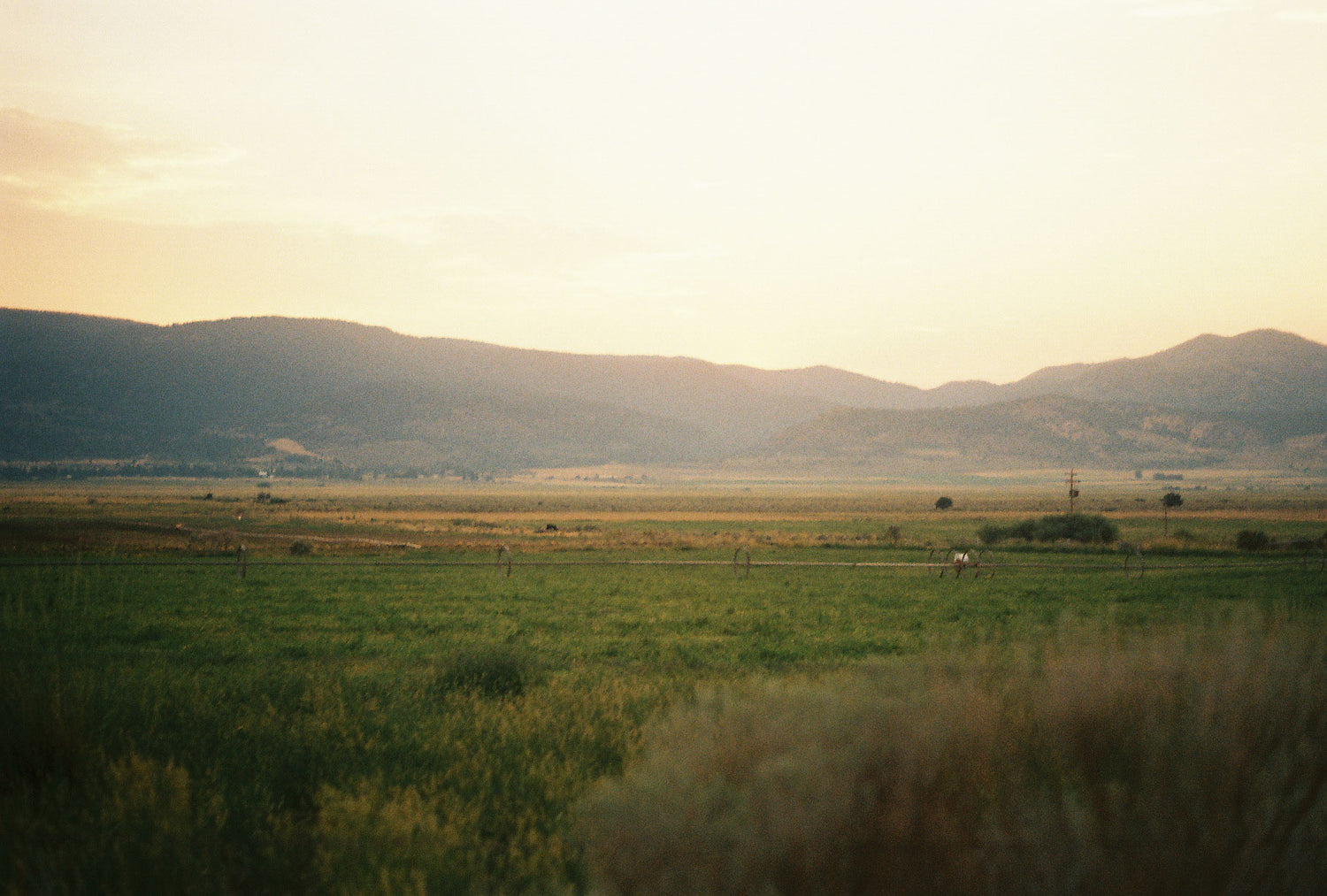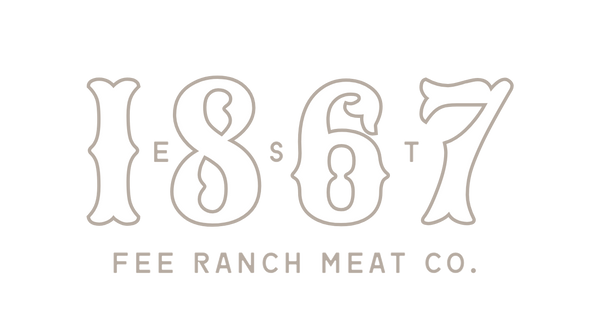How We Do It

The Taste of Tradition
Fee Ranch is a family owned and ran cow-calf operation. Like everything involving animals and growing seasons, ranch operations are cyclical. We don't fight nature, instead we do our best to work with it in a sustainable way for the cattle, land, water, and the people.
At the beginning of the year we are busy with daily feeding, health checks, and if it's really cold, breaking ice on the stock water. We feed the cattle the meadow hay and alfalfa we raised and put up all summer. The feed grounds for the cattle are in the dormant hay meadows which replenishes the soils with the organic matter the cattle leave behind. Once calving starts, usually around the end of February, we start checking the first calf heifers at night to assist with calving if any heifer and/or new calf is in trouble. We aim to calve so that we can get optimal forage in front of the cattle when their nutritional needs are highest.
Once most of the cows have calved and the grass has started to grow, we brand in the middle of April. We brand, castrate, and vaccinate the calves to make sure they return home to us in the fall, keep herd genetics clean and healthy, and protect their health from common and devastating diseases. The cows and calves are then turned out to eat the native grasses on remote public and private land.
While the cattle are turned out, we begin growing hay. We drag the meadows in early spring to spread the manure around from when the cows were there over the winter. Then the water gets turned on. We irrigate the meadows with water rights from the reservoir Lawrence Fee developed as well as rain, if we get any. The alfalfa relies on ground water and sprinklers. The meadows are only cut once while the alfalfa is cut three times per year. After the last cutting we hope to get regrowth for the cows to eat once they come home. We also ride the summer range to bump the cattle along to new feed as well as irrigate a meadow we have out there.
After the hay has all been bailed and hauled to the stack yards we get ready for the cattle to start trickling home. They usually start heading home in October when the whether gets cold and some snow has fallen and are mostly home by mid November. There are always a few cows and bulls that we have to recover from the neighbors. The brands on the cattle make it easy for the neighbors to figure out who the cattle belong to. Once the cattle are home and have eaten the alfalfa stubble down it's time to start fall processing. This involves, branding any "long ear" calves that were born after the April branding, weaning, sorting the calves by heifers and steers, preg checking the cows, and culling any cows that may need it. Replacement heifers and direct to consumer calves are selected and the rest are sold. The cows are back down on the feed grounds and the cycle begins again.
Our main goals no matter the season are;
1. The cattle are happy and healthy.
2. We produce a completely finished animal to ensure the highest quality beef.
3. You know where and who is raising the beef that feeds your family.
4. Treat the land, water, and community like we are going to be here for another 150+ years.
